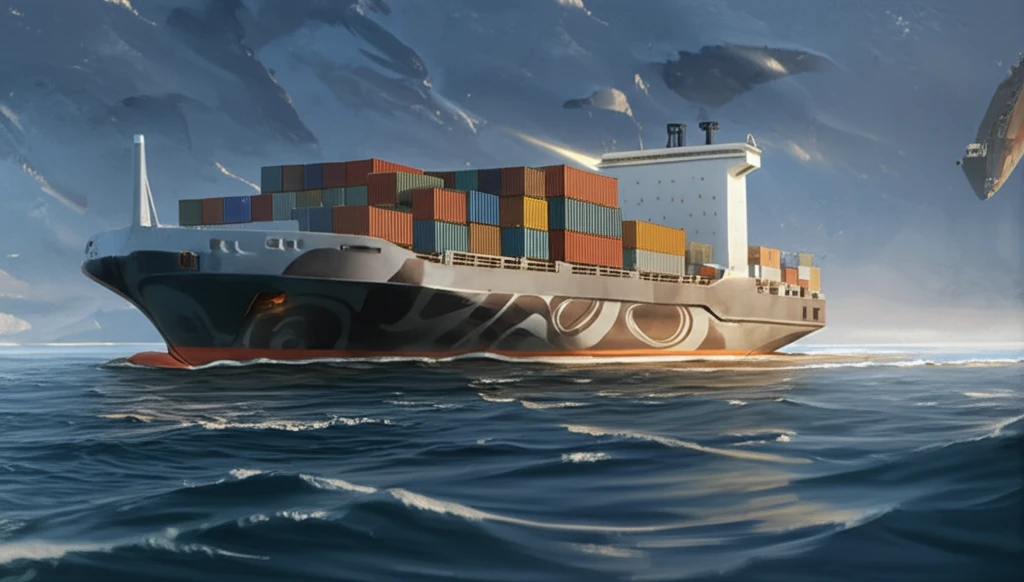
Water Walking Wonders: How Advanced Surfaces are Redefining Buoyancy and Drag Reduction
"Dive into the innovative world of hybrid superhydrophobic surfaces and their revolutionary impact on marine technology, inspired by nature's own water striders."
For centuries, humans have been fascinated by the ability of certain creatures to effortlessly glide across water. Water striders, diving beetles, and lotus leaves each possess unique adaptations that allow them to interact with water in remarkable ways. Scientists have long sought to replicate these natural phenomena, and recent breakthroughs in surface technology are bringing us closer than ever to achieving similar feats.
A promising area of research involves creating superhydrophobic (SH) surfaces, which repel water. These surfaces have shown great potential for reducing hydrodynamic friction, a concept similar to microbubble drag reduction, where a layer of air is created between a solid surface and the water. The idea is that combining these two approaches could lead to significant advancements in marine vessel efficiency.
Imagine a ship that uses a carefully engineered surface to trap air, creating a lubricating layer that allows it to glide through the water with minimal resistance. This isn't just a theoretical concept; researchers are actively developing and testing materials that could make this a reality. This article explores the fascinating science behind these innovations, delving into the potential applications and the impact they could have on the future of maritime transport and underwater exploration.
The Science of Superhydrophobic Surfaces

Superhydrophobic surfaces achieve their water-repelling properties through a combination of surface texture and chemical composition. The goal is to minimize the contact area between the water and the solid surface, creating a layer of air that reduces friction. One method involves creating a hybrid SH/superhydrophilic (SHL) surface, where specific areas are designed to either repel or attract water. When submerged, the SHL areas encourage water contact, while the SH areas trap air, leading to a unique interaction between the solid, liquid, and air.
- Increased Buoyancy: SH surfaces trap air, increasing the overall buoyancy of the object.
- Drag Reduction: The trapped air layer reduces friction between the object and the water.
- Tunable Properties: SH/SHL patterns allow for precise control over air bubble distribution.
- Versatile Applications: This technology can be applied to various marine vehicles and underwater devices.
Future Implications and Applications
The research discussed in this article represents a significant step forward in the development of advanced surface technologies for maritime applications. By mimicking nature's own solutions for water interaction, scientists are paving the way for more efficient and sustainable marine transport. The ability to tune the buoyancy and drag reduction properties of these surfaces opens up a wide range of possibilities, from reducing fuel consumption in cargo ships to enabling new types of underwater vehicles for exploration and research. As the technology continues to develop, we can expect to see even more innovative applications emerge, transforming the way we interact with the marine environment.
